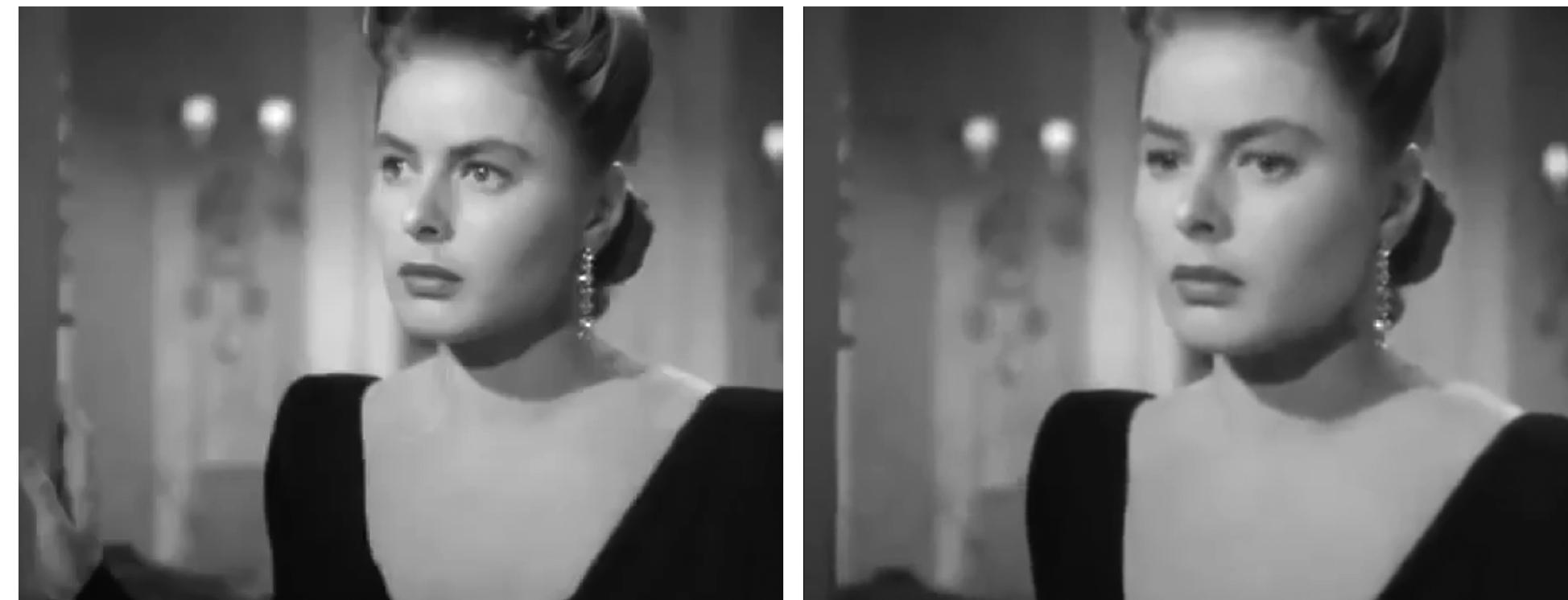Key research themes
1. How do physiological and perceptual mechanisms inform the cognitive impact of film editing styles?
This research theme investigates the link between viewers' physiological responses—specifically eyeblink rate—and different cinematic editing styles, emphasizing how editing influences visual perception and attention mechanisms. Understanding these dynamics is crucial for charting how editing rhythm and style affect audience engagement and cognitive processing during film viewing.
2. What historical and gendered perspectives reshape our understanding of film editing's creative authorship?
This theme explores the historiographical and socio-cultural dimensions of film editing, focusing on the often-overlooked creative contributions of women editors and the necessity to reframe authorship and agency in editing. It challenges traditional narratives of editing innovation, critiques gender biases in film historiography, and re-evaluates influential editing effects attributing them to collective practices rather than individual male auteurs.
3. How have editing techniques evolved through theory and practice to reconceptualize montage and narrative form?
This research area addresses conceptual frameworks and practical methodologies that have redefined montage and editing's role in film and digital media. It covers theoretical clarifications of editing types, technological transitions, and computational approaches to editing that affect narrative possibilities, pacing, and viewer perception—extending to contemporary media environments where traditional editing conventions are challenged and new editorial paradigms emerge.


